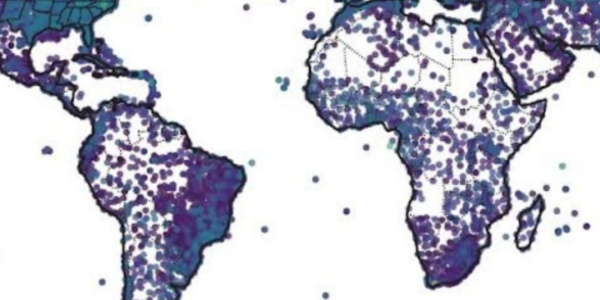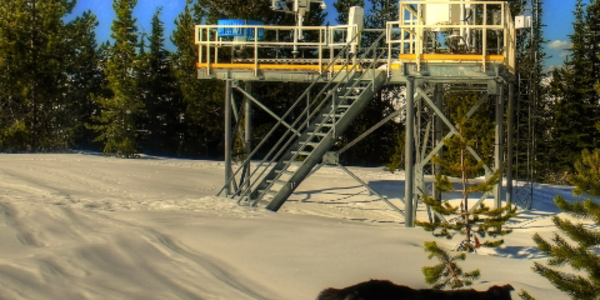The U.S. Climate Reference Network (USCRN) is a systematic and sustained network of climate monitoring stations with sites across the contiguous U.S., Alaska, and Hawaii. These stations use high-quality instruments to measure temperature, precipitation, soil conditions, and more. USCRN provides a continuous series of climate observations to monitor national climate trends and support climate-impact research.
Access Methods
The USCRN portal provides access to data, documentation, news, and more detailed information about the program.
Quality Control
The vision of the USCRN program is to maintain a sustainable, high-quality climate observation network that can accurately document significant changes to the U.S. climate. USCRN stations were designed for long term climate science research, and are monitored, maintained, and calibrated to high standards to ensure continuity of record and observation accuracy. NCEI manages and maintains USCRN station observations, and NOAA’s Atmospheric Turbulence and Diffusion Division (ATDD) maintains instrumentation and field sites in a long term partnership with NCEI.
Stations
The contiguous U.S. network of 114 stations was completed in 2008. There are two USCRN stations in Hawaii, and a network of 29 stations are in the process of being deployed in Alaska to provide network experience and observations in polar and tropical regions. Stations are placed in open environments expected to be free from development for many decades. Each station collects independent measurements of temperature, precipitation, and soil moisture at 5 depths, as well as relative humidity, solar radiation, surface temperature, and surface wind speed.



